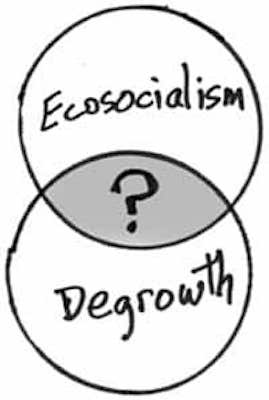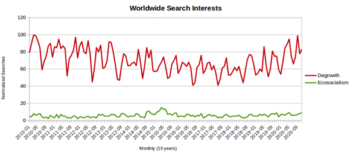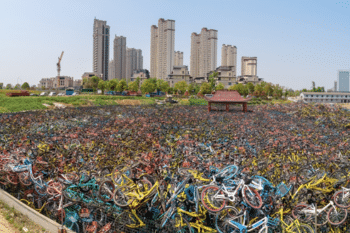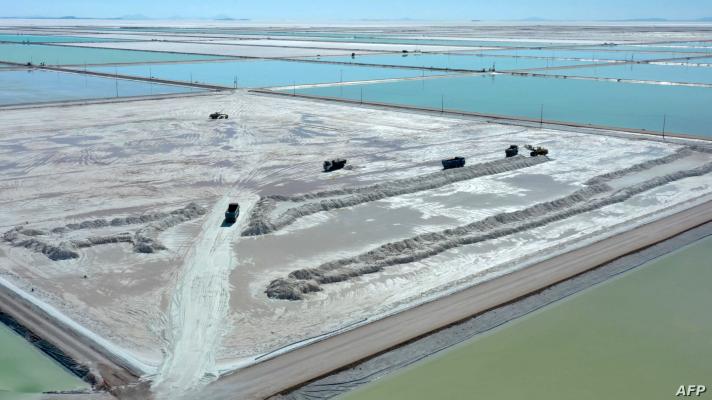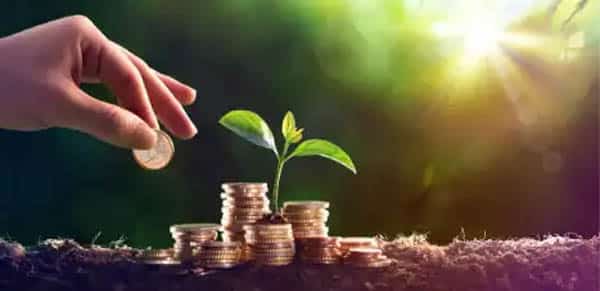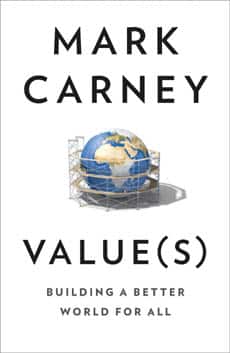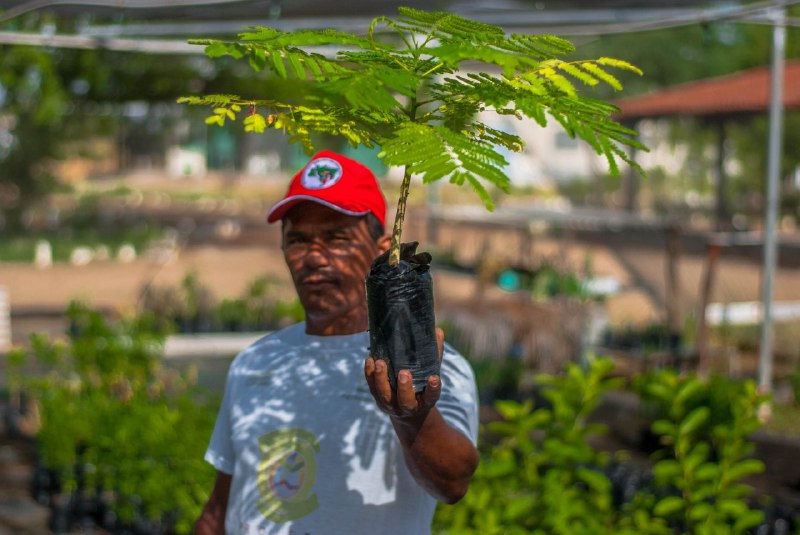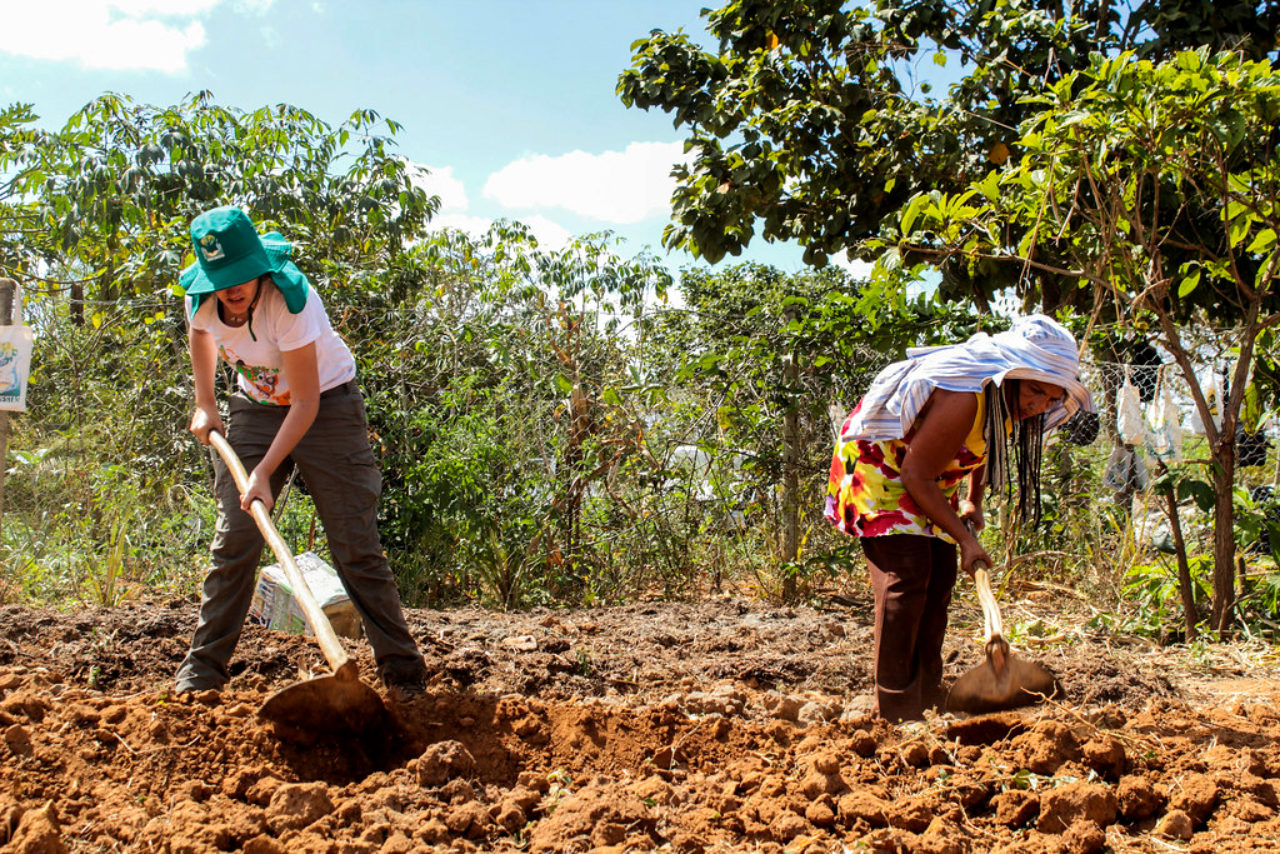Liberation Staff - TexasFebruary 16, 2021 1818 9 minutes read
Download PDF flyer https://flyer-generator.herokuapp.com/? ... osts/91539
This article was written by Liberation News staff from across the state of Texas.
A winter storm of historic proportions is causing critical infrastructure failures across the state of Texas, with another winter storm approaching tonight. The full weight of the devastation isn’t yet known, but initial reports from across the state are showing disturbing patterns. Four million or more Texans are without power. Outages that were initially called “rolling outages” are now lasting several days. The private non-profit corporation that oversees the electric grid is now admitting that they are “unable to predict” when conditions will stabilize. Millions of people are stranded in unheated homes, with no power and no way to move safely to shelter, in temperatures that are currently colder than parts of Alaska and Siberia.
The spectacular failure of the power grid and historic low temperatures have exacerbated other infrastructure problems and collided with other forms of local and state neglect. Bursting water pipes have caused the evacuation of entire apartment complexes as ice-cold water forces residents to flee into snow-covered streets. Mutual aid groups across the state scrambled to get bus tickets and supplies to homeless camps that were left to die by municipal governments, with hours counting down before the streets became undriveable or curfews were enforced. Residents who need shelter are being asked to make reservations over the phone and make the trek themselves, even though local governments have not cleared the streets for driving and public transportation is not running. Cities which lost power at their water treatment facilities are asking residents who also don’t have power to boil their water to make it potable.
City, state, and private entities alike are deflecting blame, claiming that there was nothing they could have done. “You can’t predict the weather” and “We all need to conserve energy” are common refrains. But the weather was absolutely predictable, and experts and activists alike have been warning that Texas is in danger of exactly this kind of complete infrastructure collapse. However, major cities such as Austin, Houston, and Dallas have all found ways to keep empty office buildings and corporate HQs in their gentrified downtown areas lit. This week, Texans are facing a man-made, capitalism-crafted catastrophe that has left the whole state feeling quite literally powerless.
Liberation News gathered reporting and analysis of this crisis from writers from across the state.
Austin
About 200,000 residents are without power or heat according to officials. 40% of Austin Energy customers are without power. Media was initially reporting that the city was experiencing “rolling blackouts” lasting no longer than 40 minutes. However, a Facebook post by Austin City Councilmember Greg Casar contradicted the narrative:
I would not call these “rolling blackouts.” These outages are not “rolling” from one part of the city to another, because basically *all* of the circuits that Austin Energy thinks they can turn off at this time are currently turned off. That is, there are not ‘groups’ that are being turned off and on. AE has turned everything off they think they can right now, because of the statewide requirements.
Some places still have power because the circuits are a) shared circuits that contain critical infrastructure like a hospital or 911 call center, or b) the circuit can’t feasibly be all turned off without risk to the system of not turning back on.
AE General Manager Jacqueline Sargent says there’s no clear answer as to when power will be fully restored; they have already reached the “max limit” of available energy to disconnect from the grid to being affected residents back on. She said, “Basically we’re stuck here.”
The City of Austin opened up some shelters after the winter storm had started, but most were located downtown or in central Austin, and the city provided no means of free transportation to the shelters. Public transportation was at first limited, and then suspended, leaving independent mutual aid groups scrambling to hand out hundreds of bus passes to homeless camps that were left without any help by the city. Those attempting to get to cold weather shelters faced police violence from cops dispatched to “exclusion zones” around the transportation staging areas, and at least one person, a homeless Black man, was arrested.
The city of Pflugerville, near Austin, has issued a boil-water notice because a power outage affected the functioning of the water treatment center. It is not clear how residents who also don’t have power can be expected to boil their water.
Houston
1.3 million Houstonites are without power. Citizens were told leading up to the storm that “rolling blackouts” would be put into effect to avoid overwhelming the grid. Despite monthly payments to the power company, Houstonites began losing power in the middle of the night on Feb. 14. The following morning, CenterPoint Energy, Houston’s main power supplier, Tweeted:
Unfortunately, if you are a customer who is currently experiencing an outage, you should be prepared to be without power for at least the rest of the day.
These outages are not “rolling blackouts.” No information on when “rolling blackouts” are to occur has come forth, only sudden, indefinite outages.
Winter storms happen regularly enough for the Gulf coast, but Houston homes are notoriously poorly insulated, and Houston’s power is historically unsound. A Houston resident reports, “Anecdotally, I’ve lost power more times here [before this storm] than anywhere else I’ve lived, including Latin America.”
Houston’s urban sprawl and poor public transportation have made travel to safe locations nearly impossible. Shelters for homeless people during the storm are practically non-existent. Police are reportedly “collecting” homeless people haphazardly, allegedly as a means of “assistance.”
Dallas/Fort Worth
As the storm hit Fort Worth on the morning Feb. 11, a poorly maintained stretch of I-35 was the scene of an extremely deadly pileup crash involving over 130 vehicles. At least six people died and dozens more were injured. Many were trapped inside their cars or pinned in a frightening mountain of auto wreckage. Rescue crews could hardly access the site due to black ice. The Texas Department of Transportation is to blame — they could have prepared the roads for safe transportation, but did not take these precautions.
On Feb. 12, as freezing conditions continued, a warming station for the homeless was announced — with no information about how this announcement would be disseminated to the unhoused or how they would be transported to the center. The American Airlines Center, where both the Dallas Mavericks and Stars play, continues to have power as part of the ERCOT “critical infrastructure” grid, but it has not been opened for the homeless or others without power.
Late on Feb. 14, the Electric Reliability Council of Texas, which manages 90% of the state’s electricity, announced that there would be “rolling power outages” in order to “conserve power.” People were told that they would only be down 15-45 minutes. As of the afternoon of Feb 16, many thousands of people have been without power for over 24 hours.
In the morning on Feb. 16, a “water boil advisory” was announced for over 200,000 North Ft. Worth residents and nine surrounding cities after a water treatment plant lost power. As with other cities issuing boil-water advisories, the residents who most need to boil their water are the ones with the least access to this update and the least ability to boil anything.
Apartments have flooded across the city as freezing pipes burst. Due to vacancies, evictions and tenants abandoning apartments for warmth, pipes are bursting in empty cold units, flooding tenants’ homes downstairs. Reports are already out that Black and Latino neighborhoods have been hit the hardest by outages, as well as by faulty pipes and lack of water and heating that has gone unmaintained by slumlords.
San Antonio
According to CPS Energy, the energy company that services San Antonio, 300,000 people are experiencing power outages at a time as they institute “rotating blackouts.” That amounts to over one third of CPS customers.
CPS originally told customers that they would be “rotating outages so customers would only face 15 minutes every hour without power.” This was soon revised to 45 minutes off, with some areas having “conditions even tighter.”
Across the city, however, Liberation News has not spoken to a single person that has experienced only the “rolling blackout” type conditions that CPS described. Outages are much more sustained for those without power, and one source reported 30 straight hours without power. After over a day without power, the temperature inside their home is scarcely different from the temperature outside.
Residents are also outraged after seeing downtown office buildings and unnecessary infrastructure such as the AT&T Center basketball arena with consistent power while the people suffer through dangerous conditions. CPS Energy expects the outages to continue throughout the week, warning that the situation could potentially extend beyond that.
In addition to the widespread power outages, thousands of residents in San Antonio have also lost access to water. Yet the San Antonio Water System is placing the responsibility on individual homeowners, claiming there was no instance of systemic failure.
They do admit on their website that some areas may experience “low water pressure in some areas.”As of the afternoon of Feb. 15, SAWS hadn’t experienced any water or sewer line breaks, a spokesman said. There’s no way of knowing how many residents are dealing with plumbing problems because of the deep freeze, he said. If residents are without water, it’s because of problems within their own homes.
MySanAntonio.com
However, this contradicts what SAWS customers are experiencing. In the Highland Park neighborhood, at least an entire block of homes were without water despite many of them reporting they had followed the precautionary measures recommended by SAWS.
This crisis is yet again creating shortages and runs on necessary items for survival. Tremendous lines at local grocery stores are queuing up as residents wait to buy water, propane and other supplies. Under capitalism, our ability to survive is directly connected to our ability to pay.
Texas’ independent power grid and “free market” principles are to blame
Many states have overburdened, overpriced, and underserviced infrastructure, but Texas’ obsession with “independence” from regulation has made its infrastructure uniquely vulnerable to collapse. This is crystal clear in the power grid, which is notorious for blackouts even in “normal” times.
Most of the U.S. power grid has been under federal regulation since the Federal Powers Act of 1935, but Texas skirted federal regulation by isolating its power grid. By not crossing state lines, Texas was not engaging in “interstate commerce,” and therefore could not be regulated. The “wild west” level of deregulation was a disaster from the beginning. After a major blackout in November 1965, ERCOT was created to manage grid reliability.
Texas often claims this makes the state more “independent” of other states and entities for power. However, Texas has had no problem importing energy from Mexico when it is convenient, as they did during a massive winter storm and power outage in 2011. Texas’ grid system only grants corporations “independence” from accountability, while fostering dependence on exploitative power companies on its residents.
ERCOT is not a public entity but a private, “non-profit” corporation, though it enjoys the “sovereign immunity” typically granted to public entities (the only grid manager in the country to enjoy this immunity). It ensures the “reliability” of Texas’ power grid not by public construction of necessary energy, but by trying to “maintain confidence in the electricity market,” i.e. constructing data and projections that will entice for-profit companies to build plants and infrastructure.
ERCOT’s Board of Directors is made up of power industry representatives who mostly live outside of Texas. Even with no government funding, ERCOT reported nearly $232 million in revenues in 2018. They have seen five of their employees, all the way up to the chief information officer and director of information technology, sent to prison for a fake billing scheme. But every step of the way, ERCOT has fought outside audits.
ERCOT is expected to regulate a conundrum: power prices need to be high enough to entice generators to construct new power plants, but low enough for electric providers to turn a profit. By 2008, Texans in some parts of the state were paying nearly 30% more than the nationwide average for power, but power prices were still too low to entice new power plant construction. The net effect of this “balancing act” has been a looming shortage of power, strain on the critical infrastructure, rolling blackouts even in “good times” and ever-increasing electric prices for Texans, all courtesy of the clashing of for-profit motives of the power generators, providers, and hype-men of the “free market.”
How can massive infrastructure failure be avoided in the future?
There are other challenges on the horizon involving potential price gouging of critically needed energy supplies. As of the night of Feb. 16, it is not clear what will be decided, whether Gov. Greg Abbott’s call for regulating ERCOT will be successful, or what that would even mean for Texans who already distrust Abbott’s anti-worker, anti-regulation agenda. What we do know is that a return to the status quo, if it is even possible, is unacceptable.
If ERCOT is serving a public regulatory function, then it cannot also be a private entity dominated by energy executives and unaccountable to the public. Likewise, if the power industry at large is providing a public necessity – and clearly it is – then this industry needs to be brought under public control.
We need immediate cessation of fossil fuels and transfer to renewable green energy. On the “demand” side, the climate change caused by fossil fuels is the direct cause of the extreme weather that strained the power grid to its breaking point. On the “supply” side, the power shortages came primarily from failures with fossil fuel and even nuclear power. Initial rumors tried to blame the shortage of power generation on “unreliable” wind turbines, but most of the lost power came from fossil fuels.
The disaster preparedness and response of cities is also failing spectacularly due to city and state governments’ anti-homeless initiatives, over-reliance on the nonprofit-industrial complex to provide what should be public services, and blasé attitude toward evacuation and shelter. If Texas took an example from Cuba, we could have an entire statewide network of community shelters with locally appointed community leaders directing and accounting for the safety of all our people.
These initiatives could be easily implemented, but would require a drastic, socialist-oriented revolutionary approach that reverses course on Texas’ disgusting profit-above-all-else directive. When the storm clears, Texas workers need to be willing to fight for the changes we want to see. We must demand that our infrastructure be put under public control for the public good, because our lives depend on it!
https://www.liberationnews.org/texas-in ... rationnews
"There's so much shit in Texas you're bound to step in some.", J Winter, 'Dallas'


